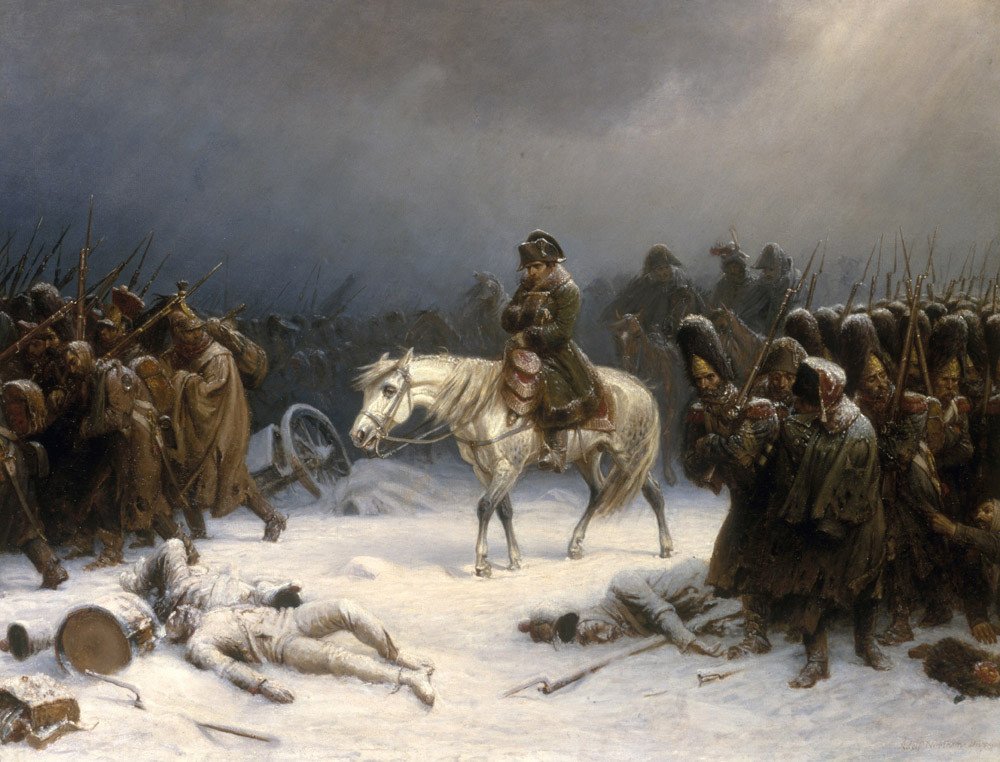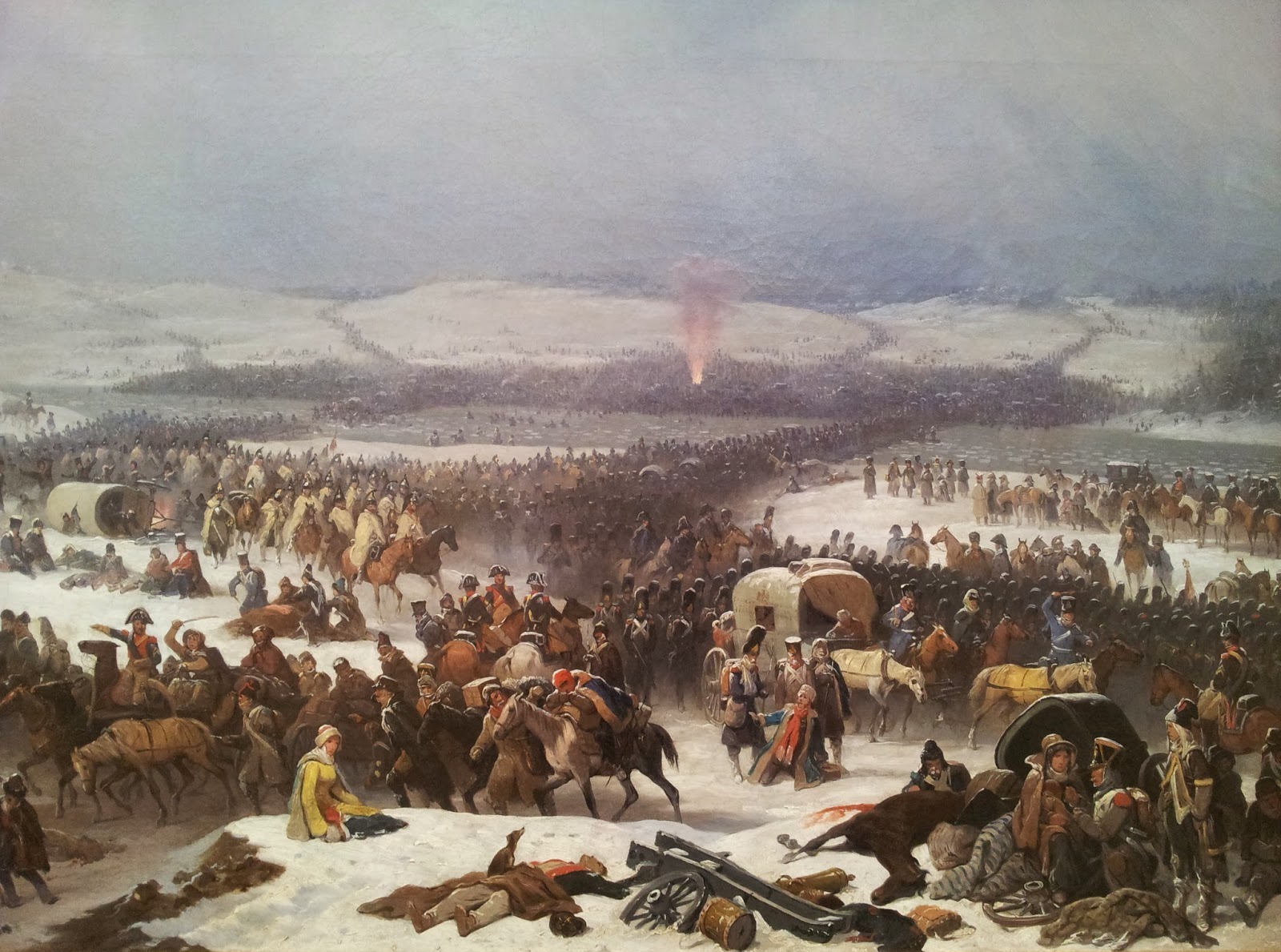Retreat (military) on:
[Wikipedia]
[Google]
[Amazon]

 A tactical withdrawal or retreating defensive action is a type of
A tactical withdrawal or retreating defensive action is a type of
''An Heroical Epistle of Hudibras to His Lady''
e-text, at ''exclassics.com''). When the pursuing forces stopped chasing the (significantly faster) Mongol cavalry, the cavalry would then turn and charge the pursuers, generally succeeding. This was used partly as a defeat in detail tactic to allow the Mongols to defeat larger armies by breaking them into smaller groups. *Early on in the Battle of Kasserine Pass in 1943, tanks of the US 1st Armored Division followed what appeared to be a headlong retreat by elements of the

military operation
A military operation is the coordinated military actions of a state, or a non-state actor, in response to a developing situation. These actions are designed as a military plan to resolve the situation in the state or actor's favor. Operations ...
, generally meaning that retreating forces draw back while maintaining contact with the enemy. A withdrawal may be undertaken as part of a general retreat, to consolidate forces, to occupy ground that is more easily defended, force the enemy to overextend to secure a decisive victory, or to lead the enemy into an ambush. It is considered a relatively risky operation, requiring discipline to keep from turning into a disorganized rout
A rout is a panicked, disorderly and undisciplined retreat of troops from a battlefield, following a collapse in a given unit's command authority, unit cohesion and combat morale (''esprit de corps'').
History
Historically, lightly-e ...
or at the very least doing severe damage to the military
A military, also known collectively as armed forces, is a heavily armed, highly organized force primarily intended for warfare. It is typically authorized and maintained by a sovereign state, with its members identifiable by their distin ...
's morale
Morale, also known as esprit de corps (), is the capacity of a group's members to maintain belief in an institution or goal, particularly in the face of opposition or hardship. Morale is often referenced by authority figures as a generic value ...
.
Tactical withdrawal
A withdrawal may be anticipated, as when a defending force is outmatched or on disadvantageous ground, but must cause as much damage to an enemy as possible. In such a case, the retreating force may employ a number of tactics and strategies to further impede the enemy's progress. This could include setting mines or booby traps during or before withdrawal, leading the enemy into preparedartillery
Artillery is a class of heavy military ranged weapons that launch munitions far beyond the range and power of infantry firearms. Early artillery development focused on the ability to breach defensive walls and fortifications during sieg ...
barrages, or the use of scorched earth
A scorched-earth policy is a military strategy that aims to destroy anything that might be useful to the enemy. Any assets that could be used by the enemy may be targeted, which usually includes obvious weapons, transport vehicles, commun ...
tactics.
Rout
In warfare, the long-term objective is the defeat of the enemy. An effective tactical method is the demoralisation of the enemy by defeating their army and routing them from the battlefield. Once a force has become disorganized, losing its ability to fight, the victors can chase down the remnants and attempt to cause as many casualties or take as many prisoners as possible. However, a commander must weigh the advantages of pursuit of a disorganised enemy against the possibility that the enemy may rally and leave the pursuing force vulnerable, with longer lines of communications vulnerable to a counterattack. Thus the value of a ''feigned'' retreat.Feigned retreat
The act of feigning a withdrawal or rout in order to lure an enemy away from a defended position or into a prepared ambush is an ancient tactic, and has been used throughout the history of warfare. Three famous examples are: *William the Conqueror
William I; ang, WillelmI (Bates ''William the Conqueror'' p. 33– 9 September 1087), usually known as William the Conqueror and sometimes William the Bastard, was the first Norman king of England
The monarchy of the United Kingdom, ...
used a feigned retreat during the Battle of Hastings to lure much of Harold's infantry from their advantageous defenses on higher ground, at which point they were annihilated by a charge of William's Norman cavalry.
*Medieval Mongols
The Mongols ( mn, Монголчууд, , , ; ; russian: Монголы) are an East Asian ethnic group native to Mongolia, Inner Mongolia in China and the Buryatia Republic of the Russian Federation. The Mongols are the principal member ...
were famed for, among other things, their extensive use of feigned retreats during their conquests, as their fast, light cavalry made successful pursuit by an enemy almost impossible. In the heat and muddle of a battle, the Mongol army would pretend to be defeated, exhausted and confused, and would suddenly retreat from the battlefield. The opposing force, thinking they had routed the Mongols, would give chase. The Mongol cavalry would, while retreating, fire upon the pursuers, disheartening them (See Parthian shot
The Parthian shot is a light cavalry hit-and-run tactic made famous by the Parthians, an ancient Iranian people. While performing a real or feigned retreat at full gallop, the horse archers would turn their bodies back to shoot at the pur ...
e-text, at ''exclassics.com''). When the pursuing forces stopped chasing the (significantly faster) Mongol cavalry, the cavalry would then turn and charge the pursuers, generally succeeding. This was used partly as a defeat in detail tactic to allow the Mongols to defeat larger armies by breaking them into smaller groups. *Early on in the Battle of Kasserine Pass in 1943, tanks of the US 1st Armored Division followed what appeared to be a headlong retreat by elements of the
21st Panzer Division
The 21st Panzer Division was a German armoured division best known for its role in the battles of the North African Campaign from 1941–1943 during World War II when it was one of the two armoured divisions making up the Deutsches Afrikakorps ...
. The advancing US forces then met a screen of German anti-tank guns who opened fire, destroying nearly all the American tanks. A US forward artillery observer whose radio and landlines had been cut by shellfire recalled,
References
External links
* {{Cite web, url=http://www.virtuescience.com/why-retreat.html, title=Tactical Reasons for Retreat, access-date=2021-05-06, last=Barton, first=James, language=en Maneuver tactics Military strategy Military operations by type